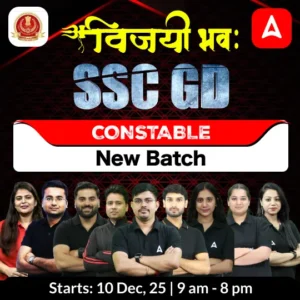To prepare well for SSC CGL 2025, candidates should know the important topics asked in last year’s exam. The Tier 1 paper has four sections, and among them, General Intelligence & Reasoning is a scoring section. It helps improve your overall marks if prepared properly. In this article, we will look at all the important topics that were asked in the reasoning section of the previous SSC CGL exam. Knowing these topics will guide your preparation and help you focus on the right areas to score better in the upcoming SSC CGL 2025 exam.
Reasoning Topics Asked in the SSC CGL Exam 2024
The General Intelligence & Reasoning section contains 25 questions worth 50 marks. The questions asked in this section are based on various topics as mentioned in the detailed notification. The topics can be divided into verbal and non-verbal reasoning.
In the table below, the distribution of the questions asked from different topics in the SSC CGL Exam last year is provided for reference for the candidates. Going through this detail will provide them a sense of which topics carry the most weight so that they can make their preparation strategies for the upcoming exam.
| Topic No. | Reasoning Topics Asked In the 2024 Exam |
|---|---|
| 1 | Blood Relation |
| 2 | Analogy |
| 3 | Series |
| 4 | Coding & Decoding |
| 5 | Odd One Out |
| 6 | Dice |
| 7 | Syllogism |
| 8 | Figure Counting |
| 9 | Mathematical Operation |
| 10 | Logical Venn Diagram |
| 11 | Miscellaneous |
| 12 | Mirror Image |
| 13 | Missing Figure |
| 14 | Embedded Figure |
| 15 | Figure Series |
| 16 | Paper Folding |
Topics asked in the Reasoning Section
The Reasoning section plays an important role in increasing the overall scores of the candidates. The questions asked in this section are a combination of the concepts that the candidates learn while preparing for the Quantitative Aptitude, English Comprehension, and General Awareness sections. The questions test the candidate’s ability to apply these concepts along with their reasoning abilities.
Series
Questions asked under this topic require the candidates to predict the next or missing term in an alphabetical, numeric, or alphanumeric series by recognizing and implementing the pattern followed in the series. The type of questions that are asked are similar to the following:
Ques. Complete the following series:
- UV, OY, IB, EE,?
- 8, 15, 26, ? , 56, 75
- 11, ?,20,29,41,56
- PQST, TOVS, ?, BKBQ, FIEP
- 11, 36, ?, 121, 185, 266
- ADZ, GJF, MPL, SVR, ?
Analogy
These questions provide the candidates with a set of terms following a particular logic and ask the candidates to figure out the missing term. Some of the questions asked under this topic are listed below.
Ques. Select the option that best represents a similar relationship to the one expressed in the pair of words given below.
- Energy: Joule
- X-Ray: Radiologist, Skin:?
- 3125 : 25 :: 1600 : 20 :: 675 : ?
- 16 : 144:: 22:? :: 14: 112
- 169: 14::? : 16:: 289: 18
- 98 : 7 :: 162 : 9 :: 242 : ?
Odd One Out
Questions asked in this section present the candidates with a set of terms, among which one term does not follow the logic of the rest of the terms. These sets of terms can be numbers, text, alphanumeric, words, etc. An example question has been shared here for reference:
Ques. Pick the odd one out.
- DGJM, NQTW, TWZC, HIJK
- (7, 252), (6, 216), (8, 392), (5, 80)
- EHV, BEY, JMP, GJT
- (1. 15 : 34), (2. 1 : 6), (3. 7 : 18), (4. 18 : 42)
Dice & Cube
The candidates are provided with a series of different looks on the sides of a cube or dice. Then they are asked to predict the next position of the dice or cube. These questions come under the non-verbal reasoning category and are scoring in nature.
Coding
Some of the questions asked in the Reasoning section are under the topic of coding and decoding. In these questions, every term of a particular set is converted into a new term by applying a particular logic or set of logic. The candidates have to follow the same logic and arrive at the answer.
- MAGNET : AMNGTE :: FAMILY : AFIMYL :: BLOCKS : ?
- GIST: FEHGRQSR :: DUCK: CBTSBAJI :: LOPE: ?
- MAP: NZK ::HOZ:SLA :: WQK:?
Mathematical Operation
These questions test the candidates’ basic numeracy skills by testing them on a basic simplification problem. The candidates also have to be careful about the calculation speed and accuracy. An example has been discussed below:
- 76 * 4 * 26 * 13 * 9 * 62 (which are the suitable signs that should come in place of *)
- 1000 – 448 + 14 ÷ 15 × 2 = 998 (interchange of signs)
- 15 ÷ 80 – 34 + 10 × 8 = 102 (interchange of signs and terms)
- 4 + 2 ÷ 7 + 8 × 9 = 25 (interchange of signs and terms)
- 50 – 25 ÷ 5 × 3 + 6 = 59 (interchange of signs)
Embedded Figure & Mirror Image
These topics also come under the non-verbal reasoning category and test the candidate’s ability to mentally visualize the various 2D and 3D images. The correct answers can also be arrived at by eliminating incorrect options provided along with the question.
Relationship & Logical Venn Diagram
These questions follow simple logic and examine the candidates’ ability to follow the data provided by common sense and logical reasoning. The options are also a great help in figuring out the logic.
Tips to Prepare for the Reasoning Section of the SSC CGL Exam 2025
As the Staff Selection Commission has officially announced the dates for the SSC CGL Tier 1 Exam for 2025, candidates must now actively start their preparations. Provided here are some points that they can adapt to maximize their marks in the Reasoning section of the Tier 1 Exam.
- The candidates should increase their daily share of revision of the Reasoning concepts learned. It will help them recall these concepts while solving the questions in the examination hall.
- They can also attempt more sectional and full-length mock tests in order to get accustomed to the latest exam pattern. It will also help them practice better time management and decrease the negative marks in the actual exam. Candidates can also follow Adda247 to get all the important study material and guides required to prepare for the exam.

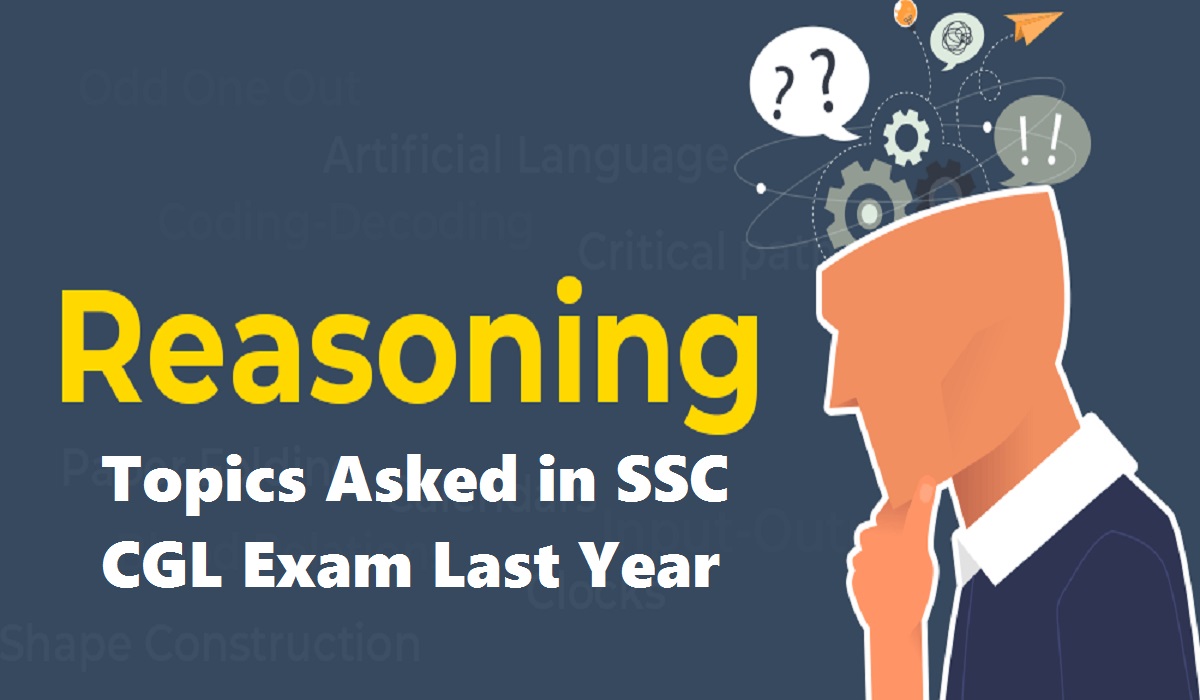
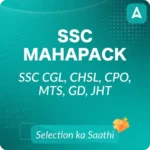
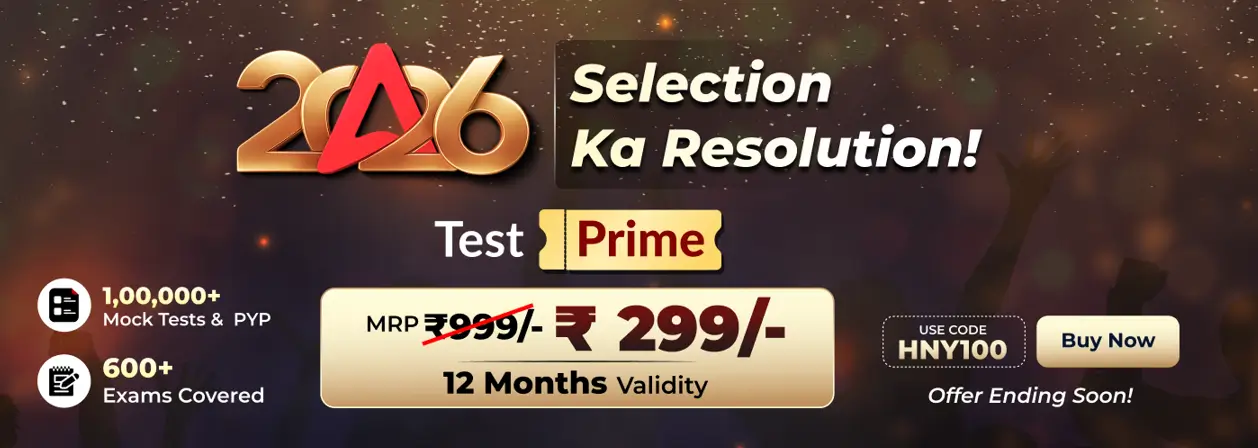
 How can I get selected for Delhi Police ...
How can I get selected for Delhi Police ...
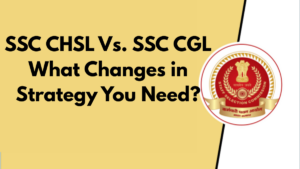 SSC CHSL Vs. SSC CGL – What Changes in S...
SSC CHSL Vs. SSC CGL – What Changes in S...
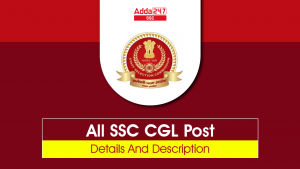 SSC CGL Posts List, Job Profile, Salary ...
SSC CGL Posts List, Job Profile, Salary ...
